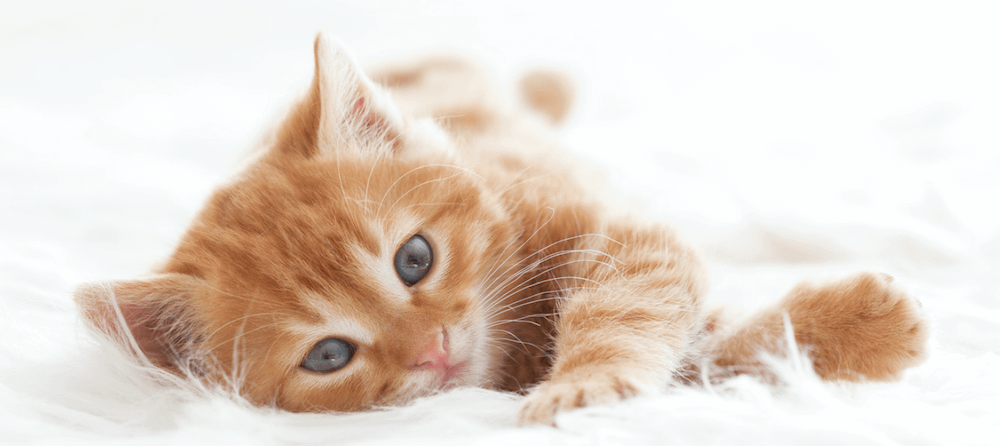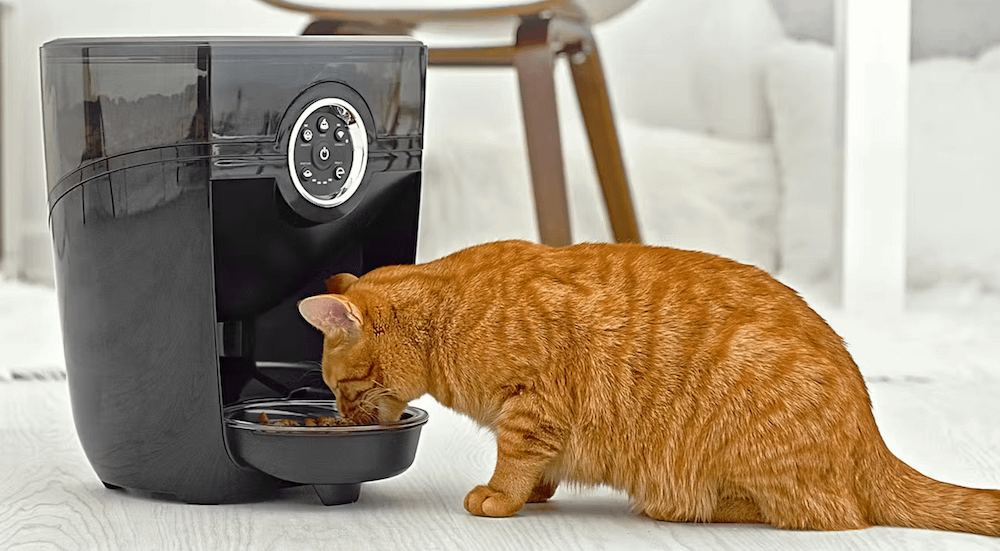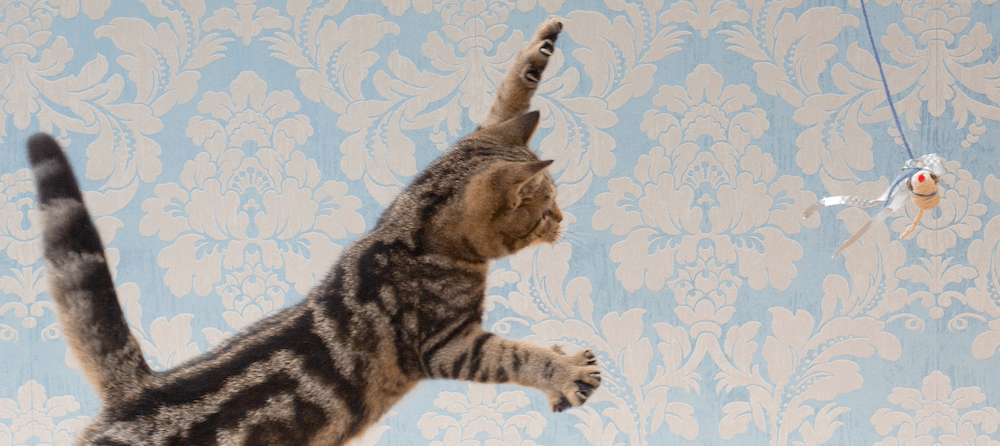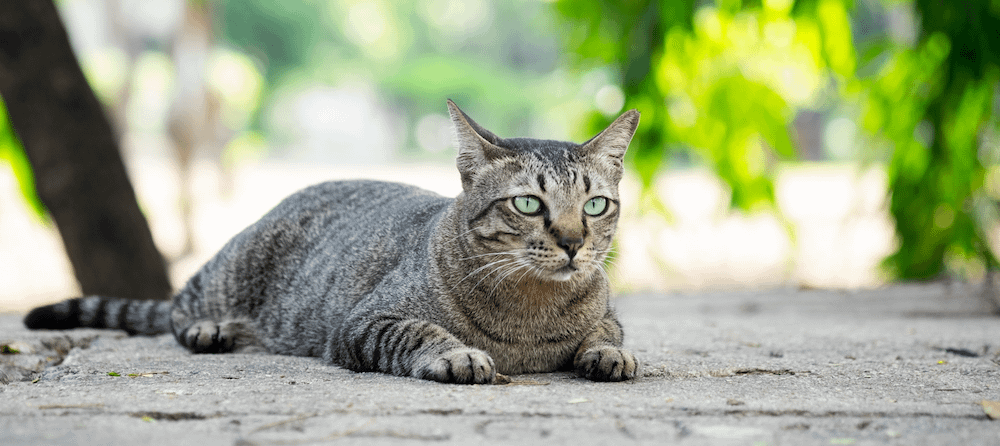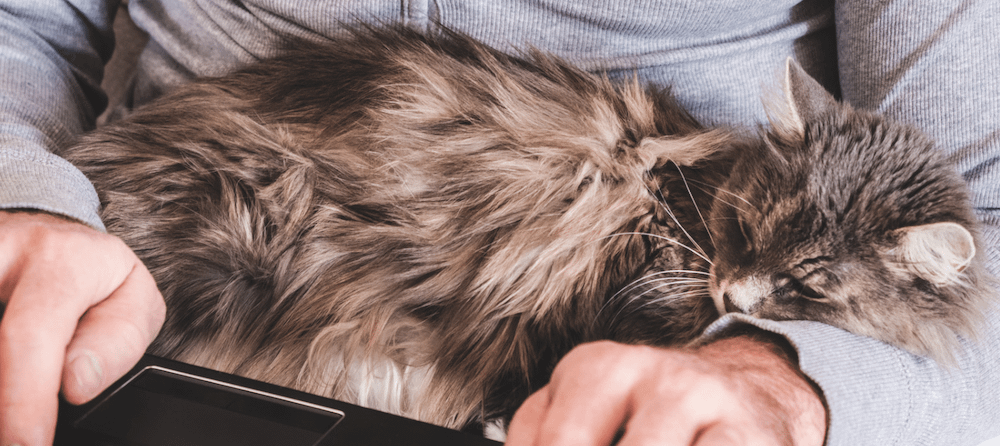Orange cats are overrepresented in pop culture—for good reason. These cute, delightful fur friends are fascinating. Although we have yet to dig up proof that all orange cats have an insatiable desire for lasagna and hate Mondays, we're excited to share some fun orange tabby cat facts below.
1. Only about 1 in 5 orange tabby cats is female
Are orange tabby cats always male? No, but usually they are. Ginger cats are a “genetic unicorn of sorts” in that a sex-linked mutation causes their orange coat color.
For more than a century, geneticists theorized that orange cat coloration is controlled by a variant on the X chromosome. Because females possess two X chromosomes and males possess one, male cats only need the orange gene from their mothers to become a ginger—making them much more likely to carry on the trait.
A 2024 American study and 2024 Japanese study appear to confirm this. (These studies are still awaiting peer review.) The studies pinpointed the gene responsible for the orange coat color: ARHGAP36.
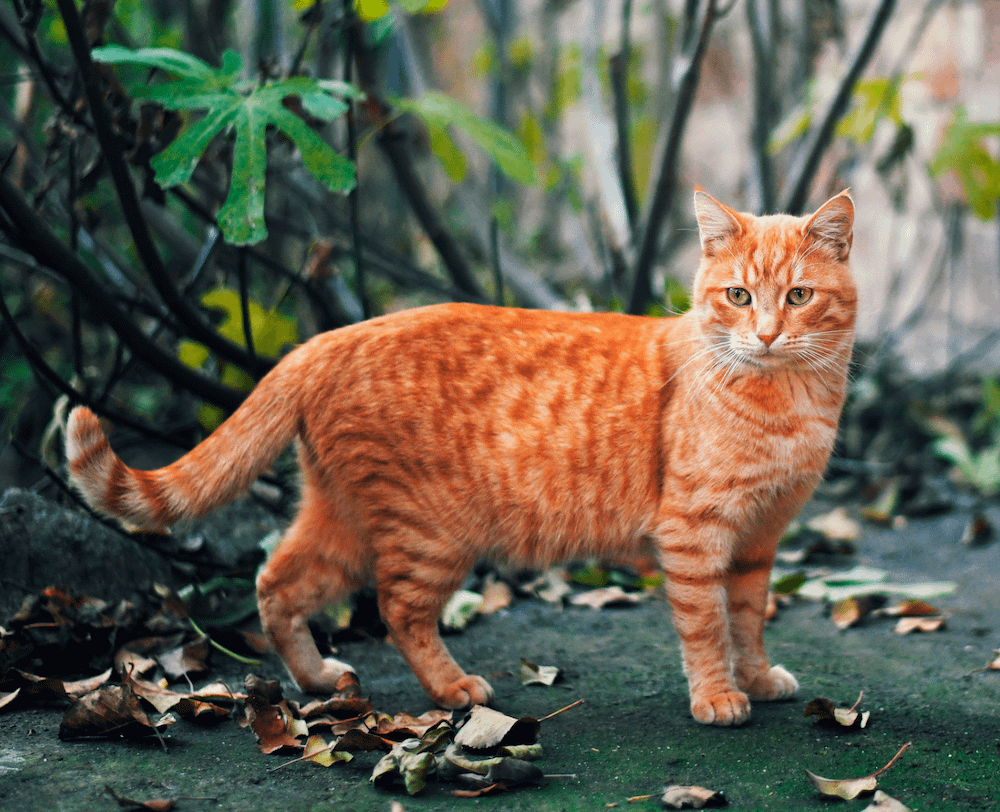
2. Orange tabbies are not a breed
Many people, even cat lovers, don’t know that “tabby” refers to specific coat markings, not a specific breed (and regardless of orange fur color). The word itself is taken from a striped silk fabric made near Baghdad. Tabby cats are striped due to the agouti gene.
All orange cats are tabbies, but not all tabbies are orange.
3. They have four different patterns—and none of them is solid orange
One of our favorite orange tabby cat fun facts is that, because all tabby cats carry the agouti gene, there has never been and never will be a solid orange female cat. There are four unique tabby patterns:
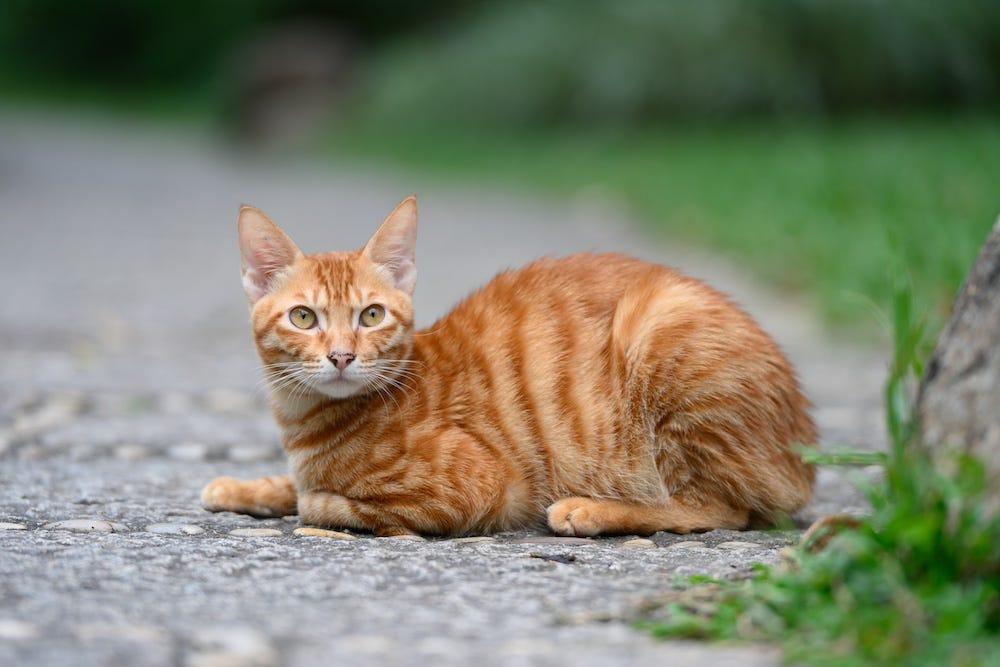
Mackerel orange tabby (striped)
This pattern makes the kitty look like a tiger, with an “M” shape appearing on the forehead.
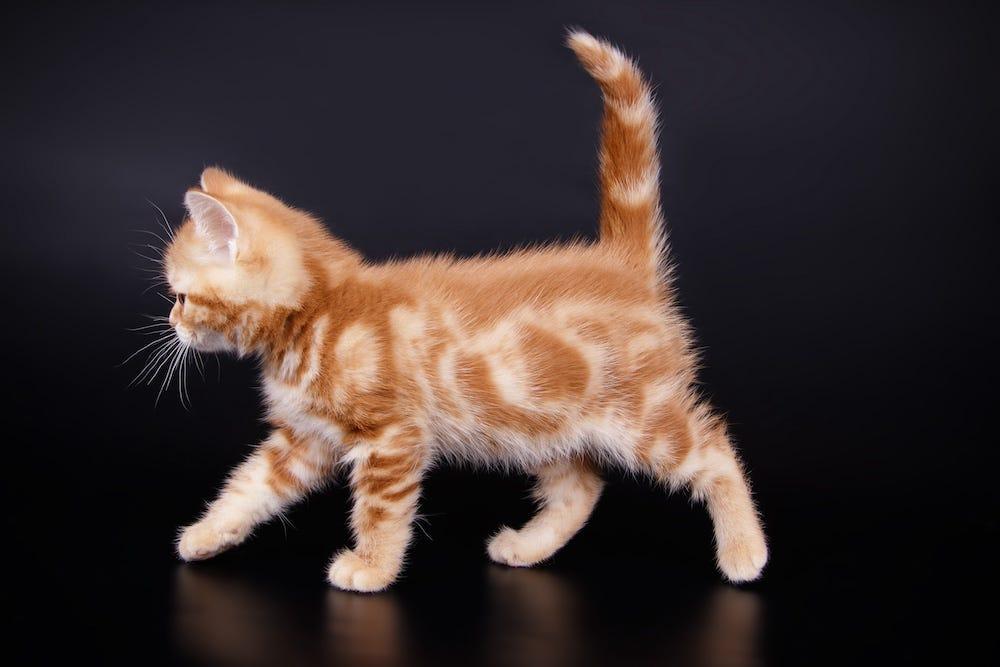
Classic orange tabby (swirled, blotched, or marbled)
This pattern gives the kitty a tie-dyed look.
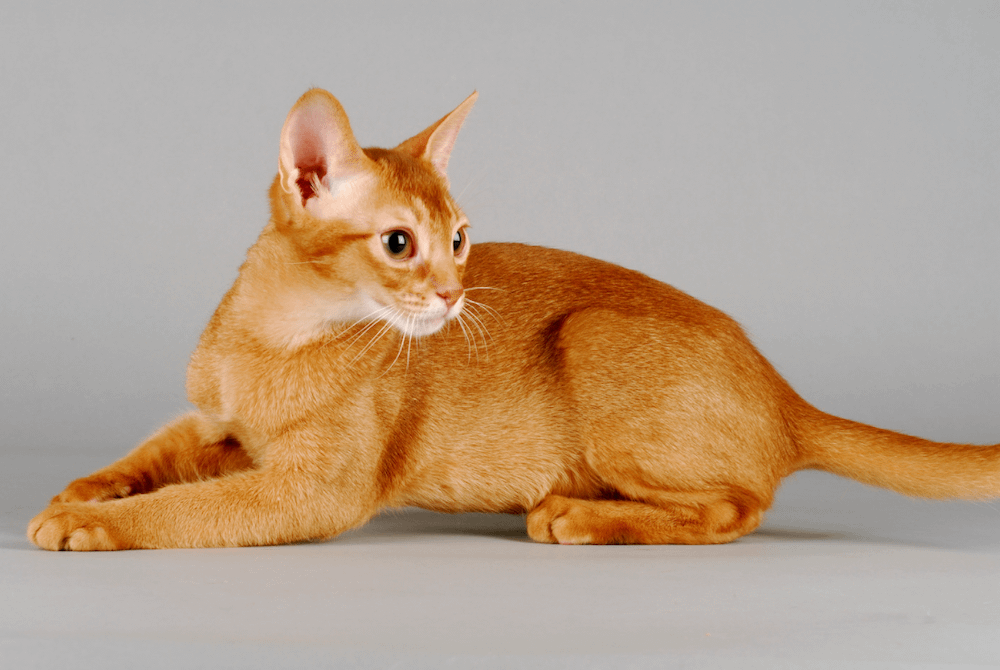
Ticked orange tabby (stripeless)
This pattern breaks up the tabby patterning into a “salt-and-pepper” or “sand” appearance; the Abyssinian cat is a ticked orange tabby.

Spotted orange tabby
This pattern breaks up the tabby markings so the stripes or swirls appear as spots; the Bengal cat is a spotted orange tabby.
4. A specific pigment is responsible for their color
You’ve probably noticed a variation in felines’ ginger-colored hues, from reddish-orange to yellowish-cream. These ginger cats have a predominance of a certain pigment known as pheomelanin—the same pigment that produces red hair in humans. This pigment affects a cat’s coat color and plays a crucial role in making orange tabbies so unique.
5. Ginger fur is more likely to be found in certain cat breeds
The orange tabby color is commonly found in certain cat breeds, including the following:
- Domestic Shorthair
- Domestic Longhair
- Persian
- Munchkin
- American Bobtail
- British Shorthair
- Bengal
- Maine Coon
- Abyssinian
- Egyptian Mau
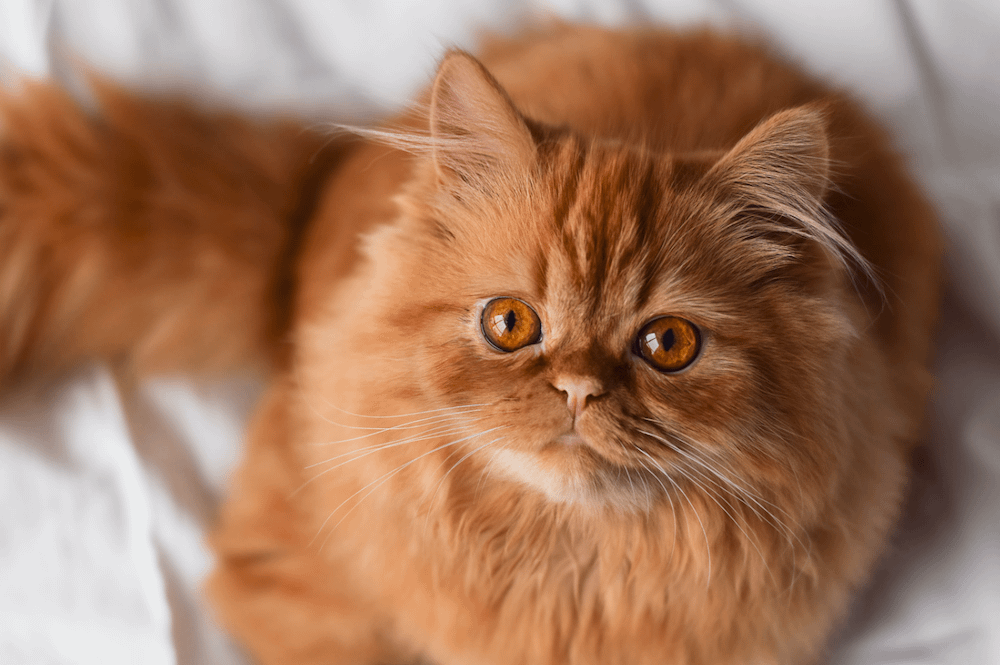
6. They tend to develop black freckles
Black freckles on an already adorable orange kitty? It’s like sprinkles on top of the icing! These freckles will develop along the tabby’s face, notably around the gums, lips, or nose. They’re usually harmless, but any change in pigmentation should be checked out by your veterinarian.
7. Big personalities come in small packages
An orange tabby cat’s personality will vary depending on their breed and early upbringing. Although we just learned that orange tabbies aren’t a breed, pet parents of orange tabbies agree that they exude larger-than-life personalities.
These cats are generally known for being outgoing, affectionate, and super friendly. They're not just lap cats, but also social butterflies that love to interact with their human families and even strangers. They're often the life of the party, turning even the simplest activities into grand adventures.
But remember, every cat is an individual, and while these traits are common, your orange tabby might have their own unique quirks!
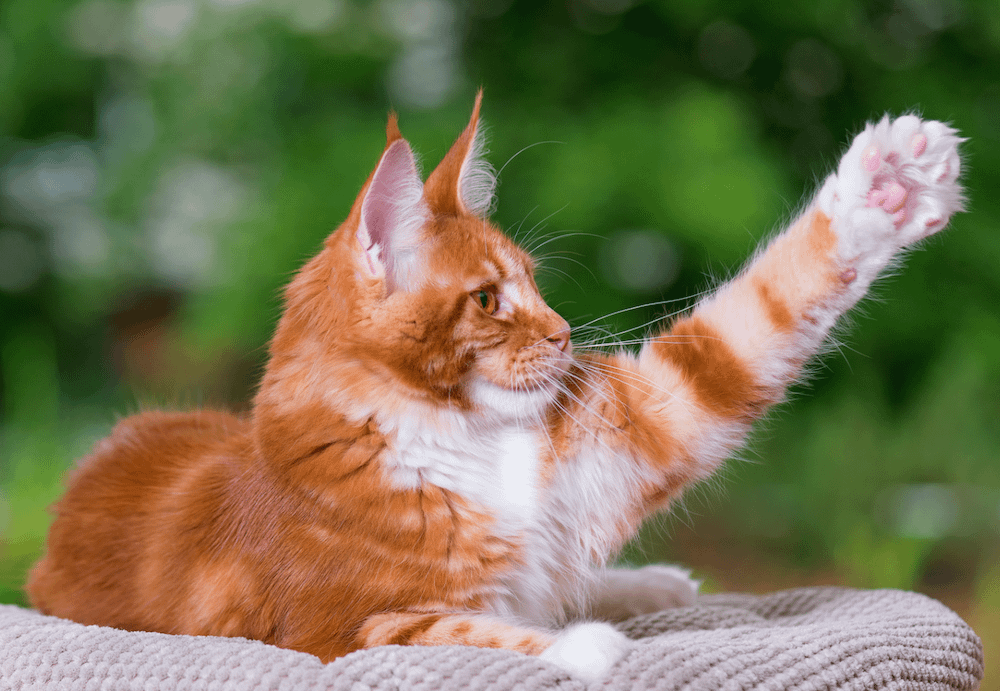
8. Being eccentric is the standard
A question for the ages: Why are orange cats so weird? We kid, but it’s really just their playful nature shining through.
These cats have a zest for life that's hard to match. They're curious and love to explore their surroundings, often leading to hilarious and unexpected antics. Whether they're zooming around the house at top speed, pouncing on invisible prey, or just causing a bit of harmless chaos, it's all part of the orange tabby charm.
Don't worry, though—even with their wild side and bizarre cat behavior, they're still incredibly lovable and make wonderful companions. After all, what cat parent doesn't enjoy a little bit of crazy cat fun?
9. Orange tabby cats get a lot of screen time
This goes way beyond Garfield, people. Some of our favorite orange tabbies to grace the silver screen and TV include:
- Crookshanks (from Harry Potter)
- Milo (from Milo and Otis)
- Jones (from Alien)
- Orangey (from Breakfast at Tiffany’s)
- Puss in Boots (from Shrek 2)
- Spot (from Star Trek: The Next Generation)
- Orion (from Men in Black).
P.S. Check out our list of 15 movies to watch with your cat right meow.
10. They’re “legendary”
Any orange cat lover could tell you that. But here are some specific examples of their legendary status:
Winston Churchill was well known for his love of orange cats: Earlier in life he owned one named Tango, and later in life one named Jock. Then there’s the common legend that orange tabbies bear the “M” mark on their foreheads because one curled up with the baby Jesus, helped him fall asleep, and was blessed by Mother Mary’s touch for doing so.
How long does an orange tabby live?
The lifespan of an orange tabby cat largely depends on their indoor/outdoor status and breed. A “mutt” or moggy orange tabby—also known as a Domestic Shorthair or Domestic Longhair—may live for 12-18 years indoors. The average lifespan of outdoor cats is unfortunately much shorter.
The overrepresentation of males among orange tabbies isn't just an interesting factoid—it also has implications for their health. Male cats are prone to experiencing certain health issues: For example, male cats have narrower urethras, which make them more susceptible to a urinary blockage called Feline Urethral Obstruction. This type of blockage is not only terribly uncomfortable, but can also be a life-threatening emergency if not treated promptly.
If you're a happy cat parent of a beautiful orange tabby, never scoop cat poop again with a self-cleaning litter box like Litter-Robot 4. You can even monitor your ginger cat’s wellness from your phone: The Whisker app can help you spot early signs of health issues, such as weight loss or a change in bathroom habits that might indicate a urinary blockage.
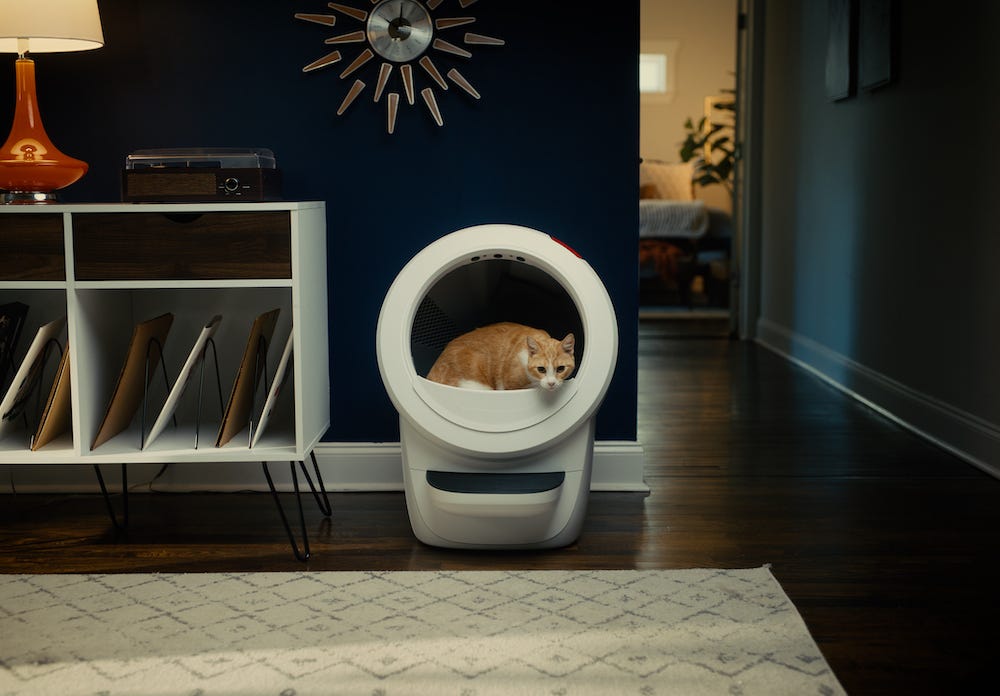
Then there's the issue of obesity. These orange males are well known for their love of both human and cat food, so they can easily become overweight if their diet isn’t closely monitored. This can lead to a host of other health problems, including diabetes and joint issues. An automatic cat feeder can help keep your tabby from overeating.
But don't let these potential health problems scare you. Our orange tabby boys can live long, happy, and healthy lives with regular vet check-ups and a healthy lifestyle. After all, they've got a lot of lounging, playing, purring, cuddling, and—let's be honest—eating to do!
